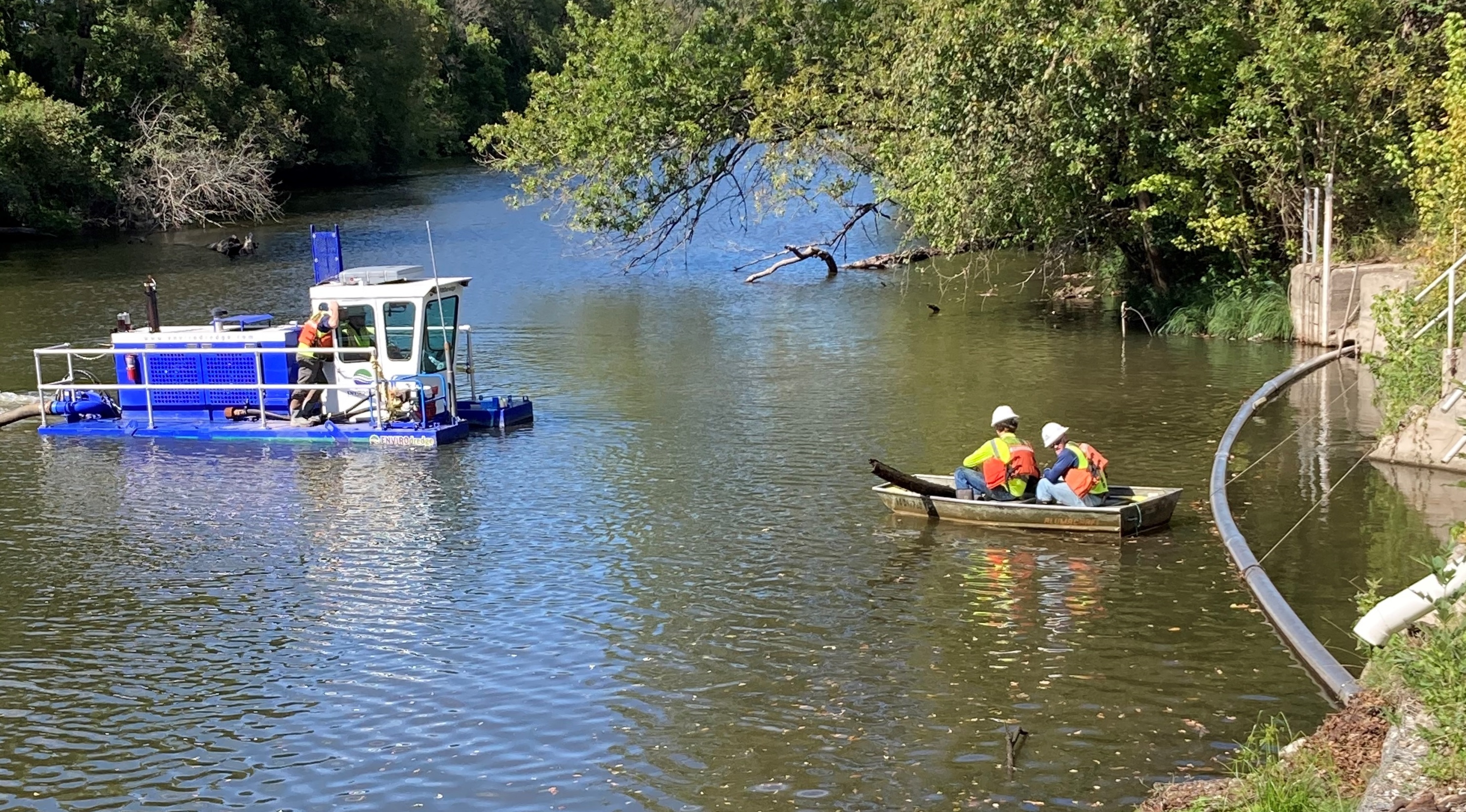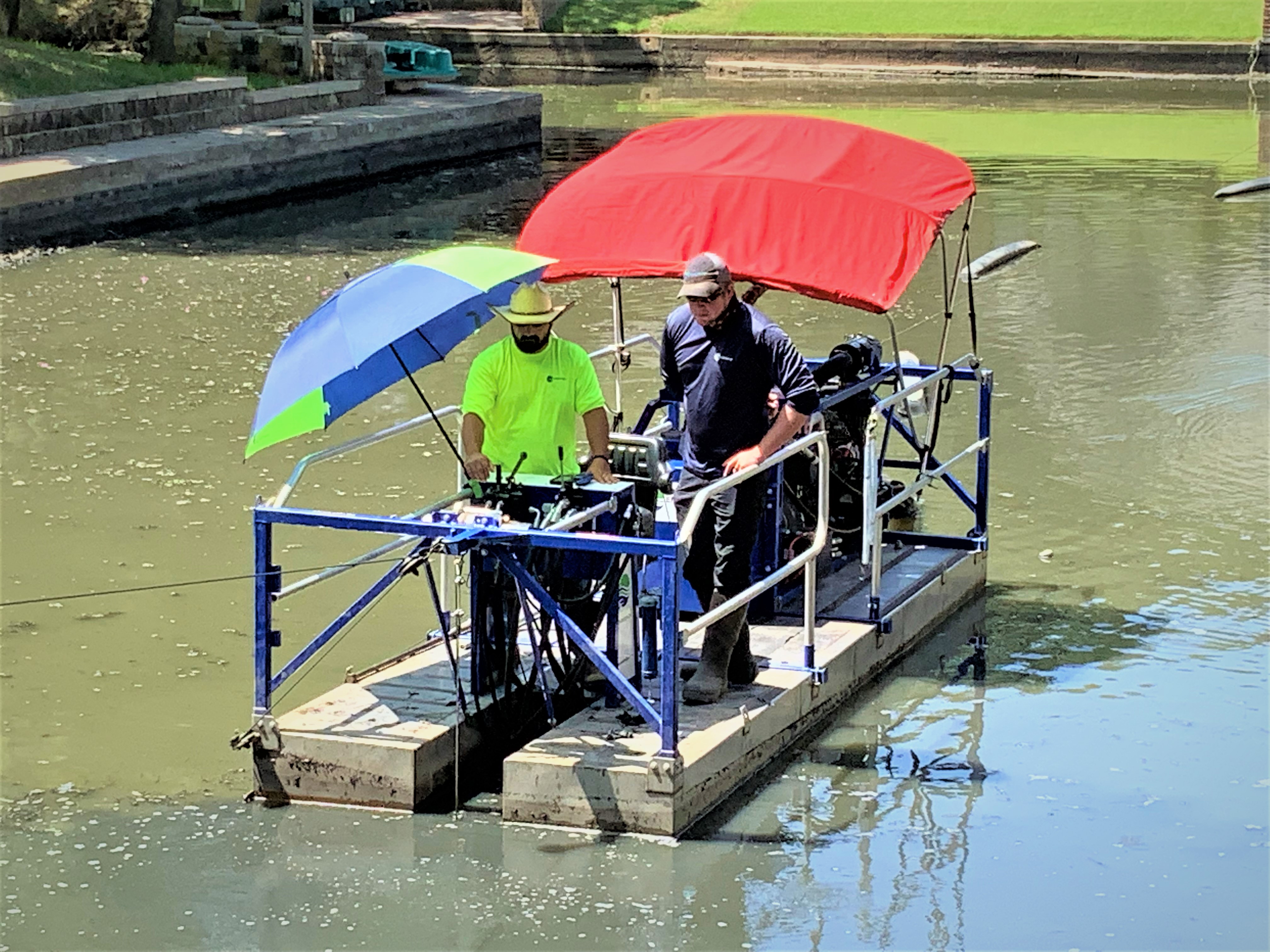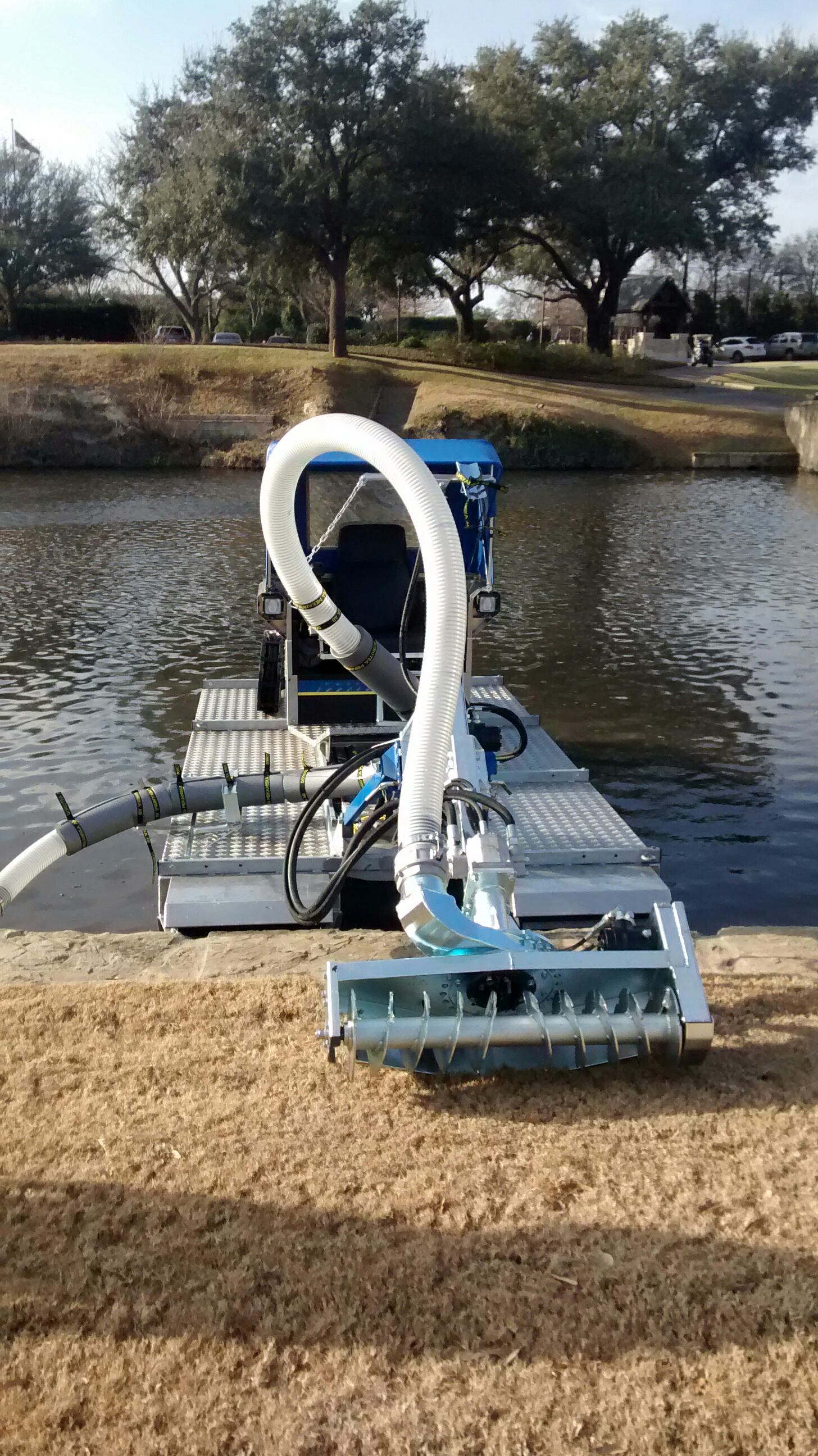There are a lot of processes that come with a dredging project — way before, all during and long after the water system has been cleaned up and restored to great condition.
There are several integral steps to making your project successful. Planning for a dredging project takes time and money, but is easy when broken down into four steps: Site assessment, planning and permitting, equipment selection and preparing the site.
1. Site assessment
Before even hiring a contractor and getting quotes, it’s important to determine a goal for the site — and to see how feasible the project is. The project’s purpose, whether it’s just a routine cleaning or an entire makeover, should be determined along with the area to be dredged.
Surveys should be conducted in order to understand sediment types, obstructions or safety concerns in or around the work area, and potential environmental impacts. This will also aid in analyzing site conditions, with factors like water depth, currents, and pollution levels all affecting the potential of the project.
The most significant survey will be the sediment survey with bathymetric mapping. This type of survey will show how much sediment is present, how it is distributed throughout the waterbody, current water depth, and potential water depth. Having this information available to show potential contractors allows everyone to bid your job based on the same information versus bidding on assumptions.


2. Planning and permitting
After assessing the site, the second thing to assess is your budget. Create a budget and timeline based on the initial site survey and designated goals.
Afterward, develop the project plan! Contacting potential contractors will help to create detailed plans that will specify how the work will be completed from start to finish including how the sediment will be removed (equipment to be used), final destination of materials, and restoration of the project site.
In regards to the final destination of the material, an important step in the initial planning is in designating plans for collecting and testing sediment samples to determine composition or pollution. This is optional — but planning another system for waste disposal is not. Determining a legal disposal or reuse method is an important step in this process and has several options: Water disposal, confined disposal facilities and beneficial reuse are just a few.
Addressing regulatory requirements is a big step in preparing for a dredging project, so be sure to apply for the necessary permits and look up the regulations specific to your city and state and any federal permits that may be required.
3. Equipment (and contractor) selection
By this time, a contractor needs to be selected. You can request a quote from ENVIROdredge by calling (903) 541-6766 or by submitting a contact request on our website!
A contractor will aid in choosing the right equipment for a project, as well as the right method, based on sediment type, water depth, environmental considerations and project size and goals. Some of the factors that will determine equipment choice are: volume of material to be removed, the distance it will need to be pumped, accessibility, and more. Dredges come in various sizes from small to large with an assortment of implements, cutterheads, or pump sizes.



4. Preparing the site for the project
You’ve made it! The team is preparing to transport equipment and get to work on your project site. You can assist by relocating any boats or other obstacles and assisting in setting up environmental and safety guidelines. Your water system will be picture perfect in no time.
